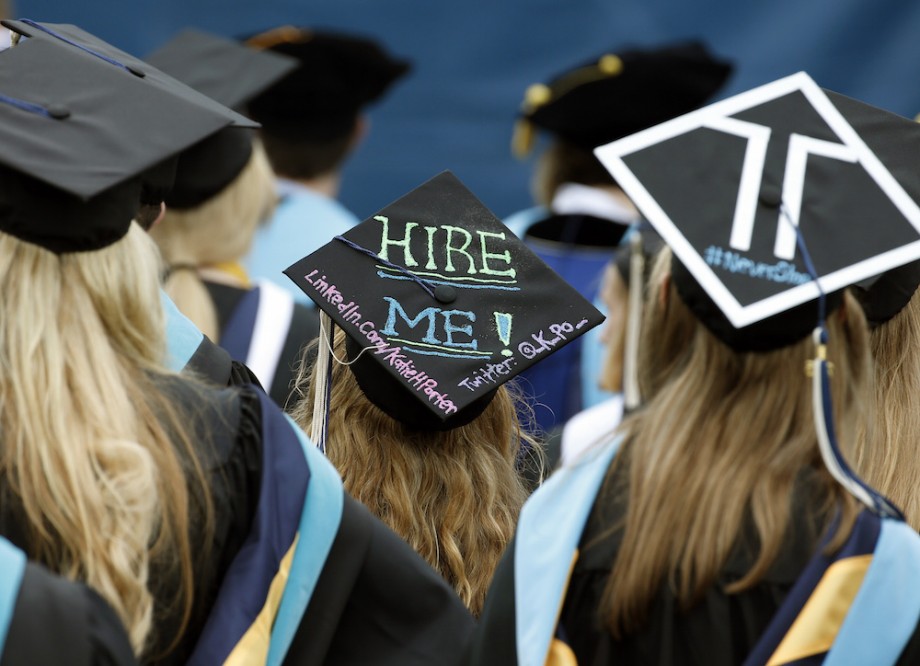
It’s official: Millennials—those between 18 and 34 years old—are the largest generation in the U.S., surpassing in numbers the formerly dominant baby boomers (51 to 69 years old). Boomers’ college years meant big changes in our nation’s educational system, including the passage of the Higher Education Act of 1965. What about the millennial challenge to academia?
The educational landscape of today is rapidly evolving—millennials have an abundance of options for their degrees, including community college, online learning, and for-profit schools, as well as more traditional four-year private and public institutions. As they try to choose majors and classes, they have to navigate new branches of research and scholarship that seem to appear every year. And when it’s time to graduate, employment prospects are uncertain, often bewildering, and they are probably leaving school in the red. Most students borrow money for college, and the average total educational debt among graduates of not-for-profit, four-year colleges was over $28,000 in 2014—a crisis that current presidential campaigns have highlighted. So how should higher education change to serve the students of today? In advance of an upcoming Zócalo Public Square event with Jeffrey J. Selingo asking “Have universities failed millennials?”, we posed to a range of experts a related question: “Are universities doing all they should for millennials?”
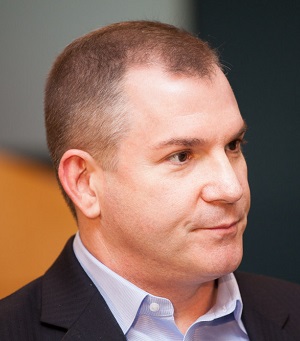
Universities have allowed themselves to become service providers—vendors—and have thus emboldened students to think of themselves as customers, meaning the ones who are always right.
In one sense, this doesn’t sound so wrong, and to a degree it isn’t. Students can and should ask schools to define and be accountable for the promises they’re making. Given the time and money that students invest in college, they have every right to significant sway over the experience.
But what has happened over recent decades—as schools jockey more ferociously for students and worry excessively about the shininess of their product—goes beyond that.
Many professors, fearful of the ratings that students will give them and desperate to keep the seats in their courses filled, dole out high grades in a manner that coddles students rather than exhorting them to more intense effort, more rigorous thinking, more exalted work. Many administrators, concerned about the allure of their campuses and of campus life, lavish money on services, facilities, sports, and extracurricular activities that are far from the heart of their mission. Many of them are also too quick to apologize for, or avoid, speeches and activities that run counter to the prevailing sensibilities of the most vocal students.
And many students have received the message and developed the expectation that a university owes them comfort and validation.
That’s not right. The environment a university creates must be attractive, protective, and supportive enough to embolden them to extend their strides, take risks. But confidence isn’t something that’s given; it’s something that’s earned, through hard work, failure, and recovery. So hard work should be demanded. Failure can’t be purged.
Education ideally includes plenty of provocation—challenges to a student’s presumptions, disruptions of a student’s worldview. It ideally sets high standards, without which students don’t discover precisely what they’re capable of and—just as important—what they’re not.
And if students don’t learn to navigate circumstances that aren’t always to their liking and are sometimes uncomfortable, they’re not being prepared adequately for the world of work or for the world, period.
Frank Bruni, an op-ed columnist for the New York Times, is the author of Where You Go Is Not Who You’ll Be: An Antidote to the College Admissions Mania, released in an expanded, updated paperback in March 2016.
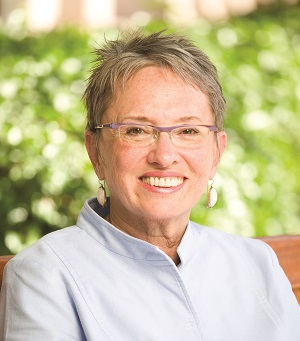
Schools often seem to resist change and undermine new ideas. But given today’s market forces and the new demands of online technologies, it may be the right time for universities to think about doing more—more to shape the college experience for all students while systemically taking into consideration the individual. So what would that mean, specifically?
Universities should no longer be privileged spaces for conveying knowledge. And professors should no longer be the only curators of knowledge. It is time to examine the traditional general-education model, which is often formulaic, and think about the knowledge students need and want to know. The goal is to empower students so they can harness their potential. They should be the center of their own education, tailoring requirements for degrees from a large menu of choices, using their experiences, creativity and vision of the future to guide what and how they learn.
Instead of the classic lecture, courses should ask teams of students to work together on multilayered tasks—real problems like, for example, tackling homelessness in their community (causes, outcomes), or addressing higher rates of student suicides. Technology, as a tool, should be integrated into each task, then used to disseminate findings—because courses should not end according to an arbitrary span called a “semester.” Professors should guide, set timelines, and give ongoing feedback and recognition. Infused in each endeavor are opportunities for students to explore their identity, capacity, and individual moral compass.
The university has an opportunity to make students part of a real community, helping them to integrate their lives, studies, and activities as they become well-educated people in the 21st century.
Mari Koerner is the Alice Wiley Snell professor of teacher education and dean of the Mary Lou Fulton Teachers College at Arizona State University.

Traditional colleges and universities are asked to do a lot these days. Not very long ago, big businesses used to take promising-but-not-fully-formed grown-ups and train them. Not anymore. They now expect colleges to produce ready-made employees.
Meanwhile, universities have become major employers, real-estate developers, financial investors, and political forces. Colleges and universities now do most basic scientific research in this country.
They are so busy, in other words, being big businesses themselves that they have forgotten what students want and need. Colleges have been using a one-size-fits-all educational model that posits the bachelor’s degree as the answer to almost any question that someone might ask.
That educational approach has been good for higher education’s bottom line: The number of bachelor’s degree holders has quadrupled during the last 40 years.
Today’s young people, however, don’t necessarily need a bachelor’s degree to start a rewarding career. Thirty percent of people with associate’s degrees make more than the average salary of a person with a bachelor’s degree. Other people need a certification, license, or similar credential to enter a new field or to get a promotion and boost their earnings.
Higher education has historically looked down on these achievements—they fall short of the ideal B.A. or B.S. This is why upstart private companies that train students quickly and make the transition to work easier, like General Assembly and Koru, are eating quickly into the higher education marketplace.
Millennials are going to have many more job changes than those who run traditional colleges and universities. They will dip into the “gig economy,” working part-time, then full-time, then part-time again. They will need to be constantly “upskilling” and “reskilling.” They are not interested in a one-size-fits-all approach. Traditional colleges and universities need to catch up to their customers.
Martin Van Der Werf is associate director for editorial and postsecondary policy at the Georgetown University Center on Education and the Workforce, where he researches and writes about higher education, the issues facing the industry, and the forces transforming it.

I loathe the term millennial. It obscures the diversity of the current student body, and I railed against it in my book. But contemporary undergraduates do tend to share common anxieties about the staggering debt waiting for them after graduation. So the first thing universities should be doing is offering more grants and fewer loans. Universities shouldn’t have to do that alone, since legislators should support the economic benefits of higher education. Moreover, government entities should regulate shady for-profit institutions that offer much less value and generate the students most likely to default.
Contrary to the stereotype, administrators—particularly those at public universities—are very concerned about job placement issues and about preparation for the 21st-century workplace. Faculty, also, often do what they can to implement the Association of American Colleges and Universities’ inventory of “high-impact practices,” which are designed to teach many of the “soft skills” valued by employers (collaboration, communication, global awareness, etc.). These require faculty mentorship, though—in research labs, writing-intensive courses, and study abroad—and such mentorship isn’t cheap.
Meanwhile, more could be done with the networked and increasingly mobile digital technologies that enable what Judith and Gary Olson call “working together apart.” I’ve tried to incorporate digital collaboration and distributed production in a course I designed on “Public Rhetoric and Practical Communication,” which also focuses on developing an online reputation rather than a more traditional portfolio. I had a grant for this course from the Office of the President of the UC system. Faculty need incentives to try new things, particularly things that might not succeed in the first round, if more students are to have access to courses like this one. Again, it comes down to money.
Elizabeth Losh is an associate professor of English and American Studies at the College of William and Mary and the former director of the Culture, Art, and Technology Program at UC San Diego. Her most recent book is The War on Learning: Gaining Ground in the Digital University.
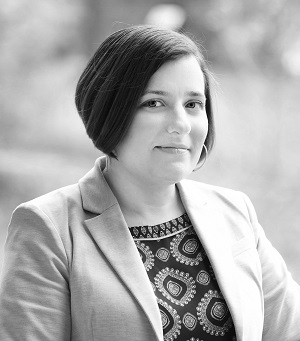
Colleges and universities garner praise for having Pell recipients and students of color among their undergraduates. Others are lauded for providing scholarships or no-loans policies that purport to take money “off the table” for low-income students. Neither action represents a sufficient commitment to diversity, which means recognizing how social class, race, and ethnicity structure opportunities to attend and complete college. These inequalities must be identified and purposefully overcome. Here are a few concrete ways to do just that:
• Recruit intentionally. Traditional approaches to outreach often fail to connect with low-income families and people of color. Build relationships with diverse audiences carefully and over time. Messaging must be honest and consistent.
• Admit with an open mind. Generous financial aid means little if admissions policies exclude low-income students. Admissions policies should reject the use of standardized tests, as these are poor predictors of college success, especially for students of color. Ask, “Can our institution bring value to this student’s life?” rather than, “What will this student give us?” Students are already contributing money and time.
• Hire diverse staff, faculty, and administrators. Students need a critical mass of diverse educators and supporters to be successful. Hire members of the local community and pay a living wage, since this affects the neighborhood children—who are prospective students.
• Support all parts of students’ lives. Low-income students will not thrive in college if they are given grants and loans but lack sufficient resources for food and housing. Provide affordable housing and food. Ensure points of contact and emergency aid for students in crisis. Equip educators with the skills needed to teach socioeconomically and racially heterogeneous classes effectively.
• Engage families. Instead of fearing the “helicopter parent,” integrate families of first- and second-generation students into the college to help them support their children. Be sensitive to their limited time and resources and respond to their concerns.
• Celebrate alumni. Students from diverse backgrounds need leadership roles in alumni groups and on campus in order to inform ongoing improvement to the college experience.
Sara Goldrick-Rab is professor of educational policy studies and sociology at the University of Wisconsin-Madison and founding director of the Wisconsin HOPE Lab. In July she will join Temple University, and in September will publish her latest book, Paying the Price: College Costs, Financial Aid, and the Betrayal of the American Dream.

For-profit colleges and—to an extent—public universities employ the same business tactic that corporations do: They minimize expenses wherever possible, but only to the extent that it doesn’t impact revenue. Universities have been slow to respond to the economic reality that their students enter after graduation. Graduates have been shown to earn more than non-graduates over their lifetimes, but the average student leaves their university with close to $30,000 owed.
Colleges have introduced a generation of box-checkers into an economy that rewards risk-takers and creatives more than it does people with fancy certifications. Successful college graduates possess cross-disciplinary skills and emotional intuition, backed by grit usually associated with people twice their age. Universities are beginning to incorporate more entrepreneurial ideals into their curricula—like teaching brand-building, or helping students develop step-by-step processes to achieve big goals. But anyone waiting for academia to catch up to reality is already playing a losing game.
Students need to take charge of their own preparation. They should seek out relationships with superconnectors—influential, popular people who have wide reach into industries or groups. Students should also work to have a functional understanding of as many high-level topics as possible and learn how to spotlight their successes and prove their value during the hiring process. This will set them apart from the general population.
Professors can inspire and instruct, but it takes a conscious choice on the part of the student to maximize four years at any institution.
Michael Berg is the co-founder of Smart Millennial Business, a podcast helping young adults fill the gap between formal education and hard-earned street smarts.
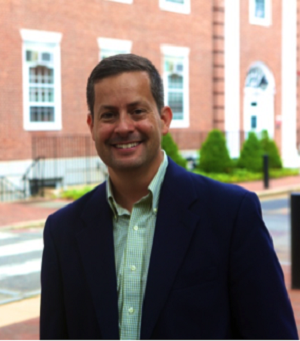
The U.S. has over 4,000 colleges and universities, each different in its approach to educating students. Institutions are not formally coordinated. They all compete for the best students they can attract. Collectively, therefore, higher education does little to help millennials understand institutional differences, which leads many students to select the wrong college for themselves.
Most people don’t understand distinctions among institutions. What’s the difference between a liberal arts college and a research university? Does a brand-name institution always provide a better experience? What justifies a bias toward high-priced private institutions, despite the value and quality provided by public colleges and universities? Why are community colleges so often maligned, when they are often a better choice for many students?
The truth is that getting into college is not hard; many institutions, hurting for enrollment, admit large numbers. What is hard is choosing the right institution. Colleges and universities need to explain better how they are different from one another.
Even so, the college decision-making process will always require prospective students to have a high degree of self-understanding, and to look for an institution that matches up well. This takes introspection—and some hard questions.
Otherwise, the temptation is to choose a college for all the wrong reasons. And when students attend colleges not suited to them, it becomes way too easy to over-generalize and suggest that all colleges and universities are falling short. Nothing could be farther from the truth. Studies show that college graduates are more likely to, among other things, be life-long learners able to evolve as the economy shifts, earn more money over a lifetime, make healthy lifestyle choices for themselves and their families, experience greater lifetime social mobility, and participate robustly in the democratic process. A student who chooses a particular college for all the right reasons is making a good investment in the future.
James Antony serves on the faculty of Harvard University’s Graduate School of Education, and is the director of the Higher Education Program.

The greatest problem with most universities today is that tuition is much too high, forcing an entire generation of students into long-term debt-servitude. Total student loans now exceed $1.2 trillion, and millions of students will probably never be able to pay them off.
During the mid-1970s, tuition at UCLA, Berkeley, and the other UC campuses was only $630 per year. Now the annual cost averages around $15,000, having increased many times faster than inflation.
An important factor has been the huge rise in educational expenses. Undergraduates now enjoy four years of access to nicer food, fancier dormitories, and Olympic-quality swimming pools, but must then spend 10 or 20 years paying back the crippling student loans that covered those temporary luxuries.
However, the biggest factor in rising expenses has probably been the huge growth in the administrative staff. A couple of decades ago there was one administrator for every two faculty members, and now the numbers are roughly equal. Doubling the number of these non-teaching administrators, some of whom receive outrageous salaries, explains where much of the extra money has been going.
.
One way of cutting tuition would be to persuade the state legislatures in California and around the country to allocate many billions of additional taxpayer dollars to increase public subsidies to their state colleges and universities. But most government budgets are very tight, so this seems unlikely to happen.
Therefore, the only apparent means of substantially lowering tuition is to drastically cut the expenses, especially those unnecessary administrative costs. Liberals and conservatives should unite behind this important political project, backed by the millions of students who desperately need cuts in their extremely high college tuition.
Ron Unz is chairman of Free Harvard/Fair Harvard, a slate of candidates running for the university’s Board of Overseers on a platform of immediately abolishing undergraduate tuition. He is also a Republican candidate for the U.S. Senate in California.



